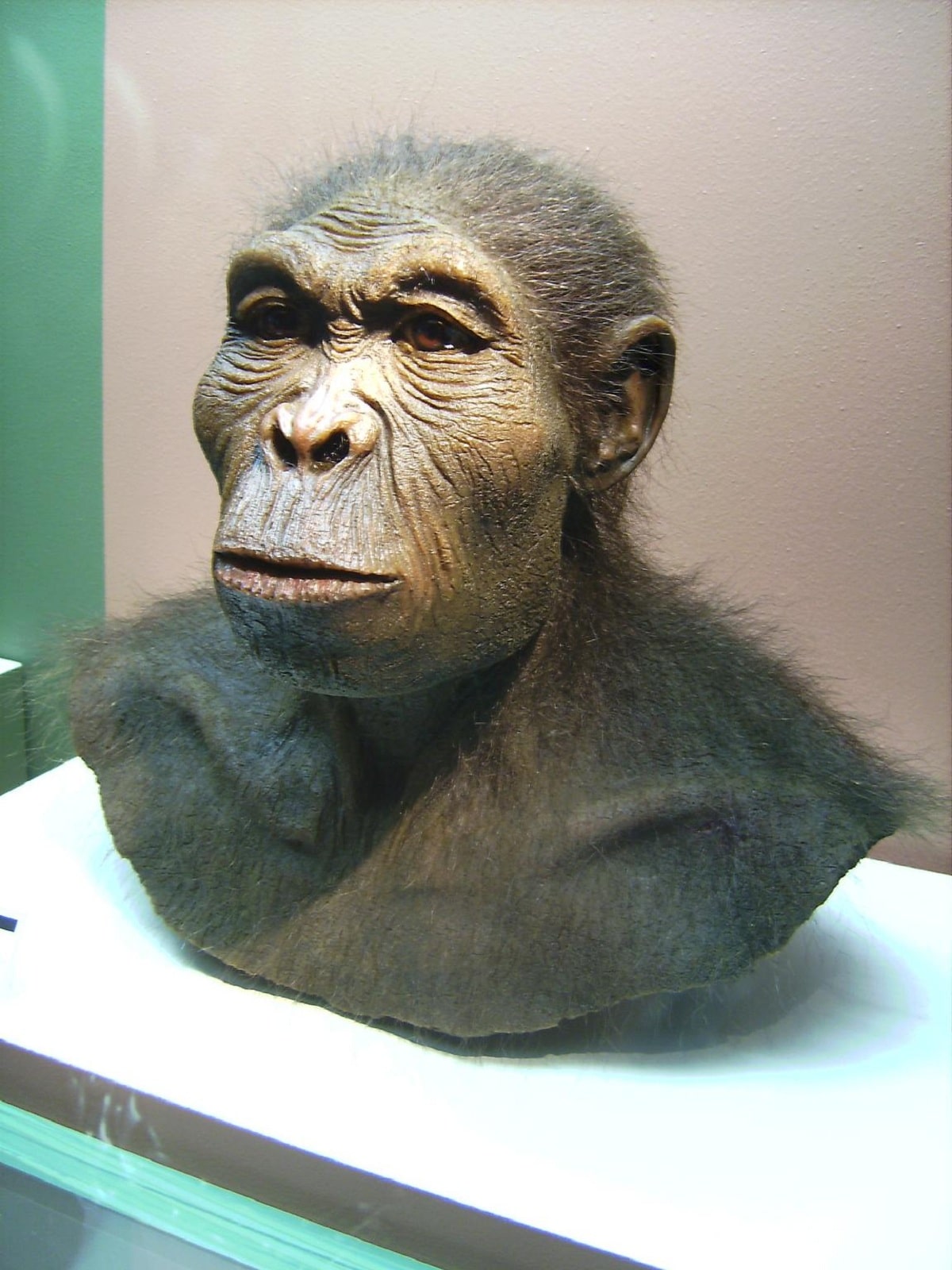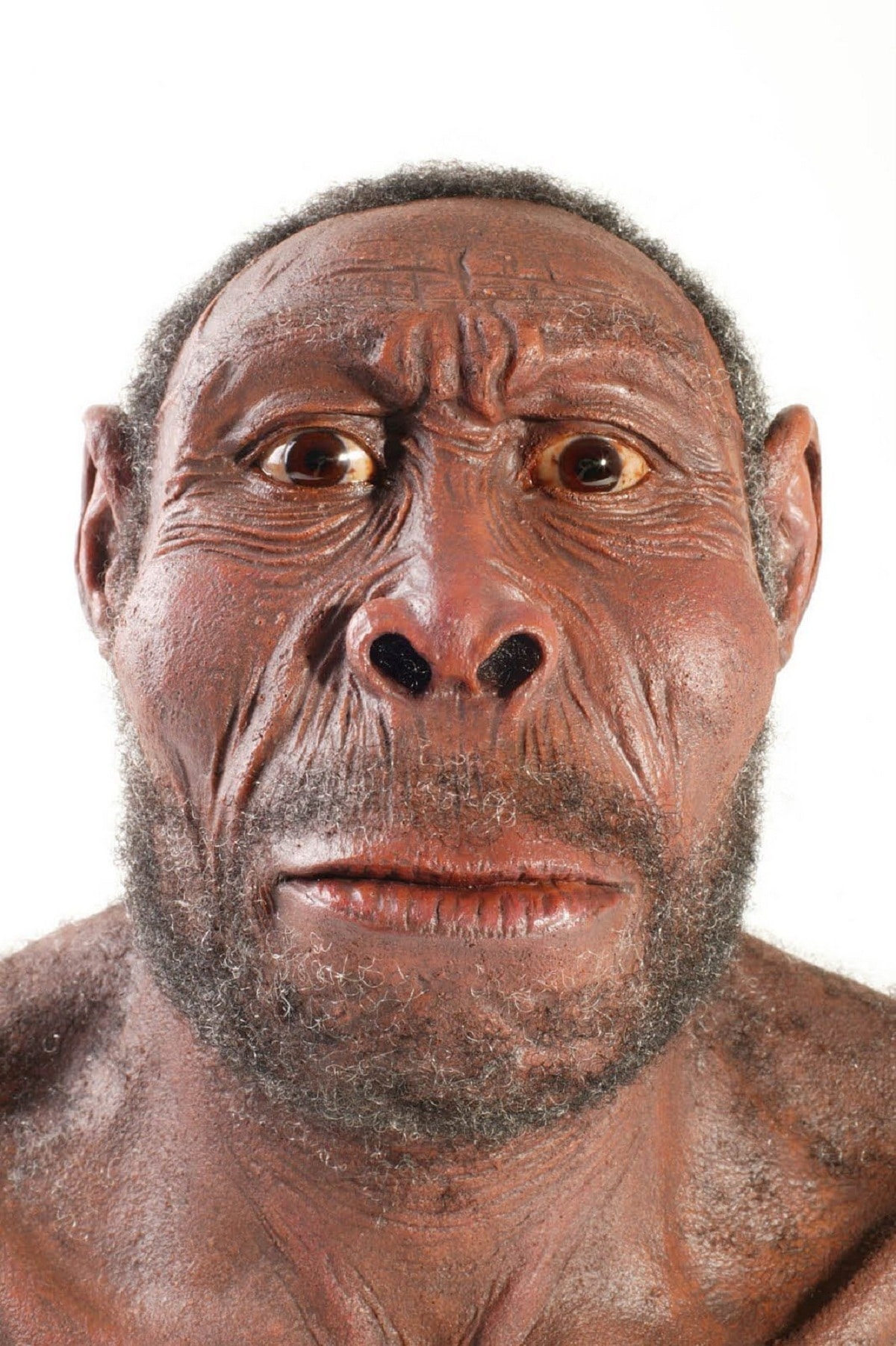
The human being, like other species, has also had other ancestor species. One of them is the homo habilis. It is considered the oldest ancestor of our genus and was discovered thanks to the first fossils. The appearance of Homos habilis takes place approximately 2.4 million years ago. It remained on earth for almost 800 thousand years and came to coincide with some of the other ancestors such as Homo erectus and Homo rudolfensis.
In this article we are going to tell you about all the characteristics, origin, role of evolution and curiosities of Homo habilis.
Key features

The first remains that have been found of this ancestor species of the human being have occurred in Africa. Thanks to the ability that this specimen developed to manipulate objects is why it earned this name. It presented an intelligence superior to the other ancestors known as Australopithecus. Much of the evolutionary development of this species is due to the fact that it began to include meat in its diet. Most of the micronutrients in meat helped generate new cognitive abilities. The males were much larger than the females and were bipedal.
Although it was bipedal, it still maintained a certain morphology separate from the current human. His arms were much longer and also served as support for some more abrupt movements. They were similar in shape to today's great apes. On the other hand, they still had fingers that helped them to climb trees more easily. Despite what you think, vThey lived in groups and had a fairly hierarchical structure.
Origin of Homo habilis

The name of Homo habilis comes from the fact that remains of utensils made with stone that were made by individuals of this species were found. It appeared approximately 2.6 million years ago and lived until approximately 1.6 million years ago. This species has been living since the Pleistocene in the Gelasian and Calabrian ages. This prehistoric era in which it developed that this part of the human being was mainly characterized by a decrease in rainfall. Such was the drought that there was enough problems for the development of flora and fauna.
Unlike what happened with Homo erectus, this species did not leave the continent. All the remains that have been found have taken place in Africa. This makes the entire area of Tanzania considered the cradle of humanity. In 1964 a series of possible ones began to be discovered and the remains of both bones and other elements were analyzed. It is here where they realized the find. This species was cataloged as Homo habilis and was considered a new species within the human genus.
In its geographical distribution we find the African continent, although there are some scientific currents that propose other theories. And it is that the hominid had its origin in areas of Ethiopia, Kenya, Tanzania and East Africa. Although there are various findings in paleontology, there is no proof that this species ever migrated to other continents.
Role of Homo habilis in evolution

This species of human being has had great relevance and evolution. Until then it was thought that the evolutionary line that led to the human being was very simple. It was thought to be from Australopithecus, through Homo erectus, and then Neanderthals. This is when Homo sapiens appeared. What was not known until then was if there was another intermediate species between these human beings. The united fossils found of Homo erectus had been found on the Asian continent and nothing had been related to Africa.
Thanks to the discovery made in Tanzania, several gaps that existed in the knowledge of human evolution could be filled. The researchers concluded that the remains that were found looked like a new species of the genus Homo. And it is that these remains met all the necessary requirements for them to be of this genre. These requirements include an upright posture, bipedal, and skills to handle some tools. All these abilities led to the conclusion that it belonged to a new species of the genus Homo. The thing that differed the most from other later species was its cranial capacity, which was quite small at that time.
The differences that existed with Australopithecus were quite a few. This makes Homo habilis the oldest antecedent of modern man. Until relatively recently, Homo habilis and erectus were thought to have come from each other. However, some more modern findings made in 2007 have managed to establish some doubts about this. These experts point out that Homo habilis was able to survive longer than previously thought. And if we do the math, this fact could make during some 500.000 years of history both species could have lived together.
Without a doubt, this is a great discovery by scientists. Doubt is created about the affiliation that exists between both species in which the doubt that erectus defended from habilis is still maintained today. Their coexistence is not ruled out, although it is often pointed out that there was a kind of bloodless struggle for resources. The result of the struggle for resources was Homo erectus as the winner. For this reason, Homo habilis was disappearing.
The Body
We know that among the characteristics of the comparison of Homo habilis with Australopithecus we see how there is a decrease in many of its clients. The feet are similar to the current ones and they had a gait almost totally I have lived. As for the skull, the shape was more rounded than that of the predecessors. Its face was marked by a less prognathism than Australopithecus.
If we compare him with the current human being, we see that he was not particularly large in size. The men could measure 1.4 meters and weigh around 52 centimeters. On the other hand, the women were much smaller. They only reached one meter in height and a weight of 34 kilos on average. This indicated a fairly marked sexual dimorphism.
I hope that with this information you can learn more about Homo habilis and its role in evolution.